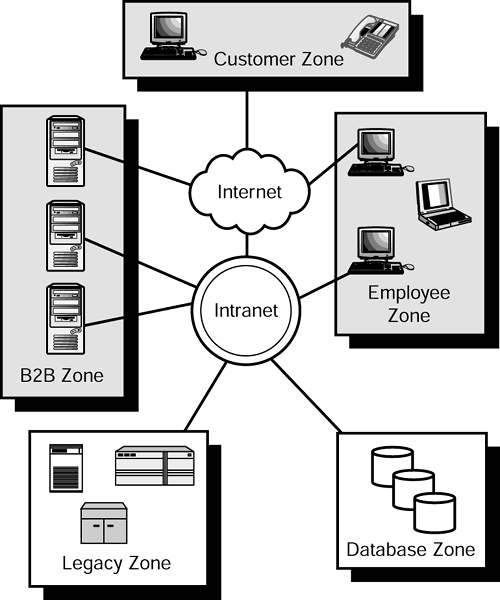Chapter 13. Automating Internal Processes with XML
In the late 1980s, just after I'd started working as a full-time Software Design Engineer (SDE) at Microsoft, I started subscribing to the weekly update that was produced by the Microsoft technical library. At that time, it consisted of about 100 photocopied magazine covers and journal-article abstracts that were stapled together and sent out to interested parties within the company. To facilitate finding the corresponding article or magazine, each page was laboriously hand-numbered by one of the librarians before the update was duplicated and sent out.
Offended at the inefficiency of hand-numbering all those pages (and, to be honest, my regular duties at the time weren't particularly demanding), I set out to come up with a way to automate the process. After doing some research and experimentation with one of our postscript laser printers, I determined that it was possible to run the photocopied sheets through and print a nice, neat page number on each one. Although I didn't get a reward for all of this extra effort, I did make a new friend of the librarian, who no longer had to take an hour out of her day to hand-number these pages. In many business situations, more than friendship can be earned by automating time-consuming and error-prone processes.

Technologies Used:
XML
ASP
XSLT
HTML
ADO
As distasteful as procedures and processes sometimes are, they are a necessary part of modern life. And when they become cumbersome to manage manually, computers tend to get involved. The open-ended nature of an XML document provides a natural basis for encoding business logic that would otherwise have to be described in software.
This project shows how a simple Internet-based workflow system can be built using XML to describe and track the movement of documents through the system.
